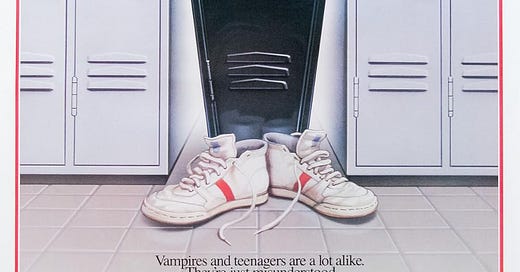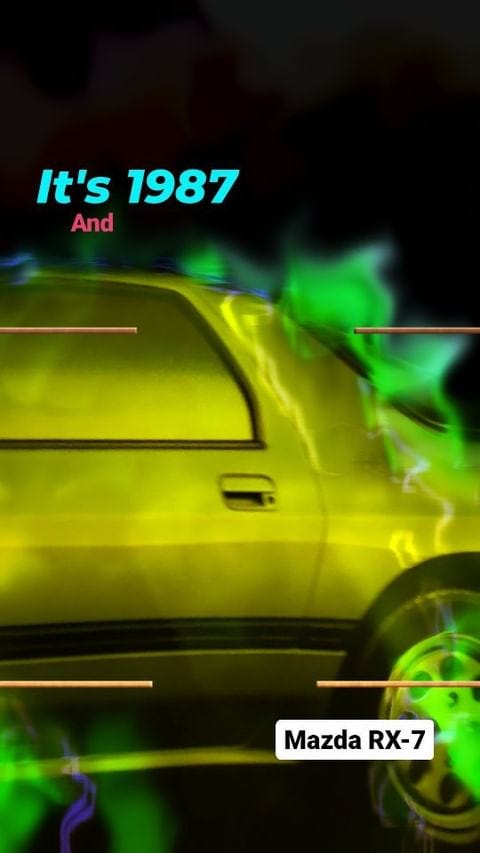Late September 1987 in Pop Culture
Lining up and analyzing other media from the era of 'Charles in Charge'. Because a single podcast episode is not enough
Analyzing a single piece of popular culture, even for over an hour, on a podcast isn’t enough to make determinations about a time and place. Here are some other pop items that Western culture produced and consumed in the same period that gave us the first-run syndication of Charles in Charge.
Follow me on Instagram to read about history through pop culture each day!
Late September 1987 in Music
Number one this week in 1987 was Whitney Houston with "Didn't We Almost Have it All." A lot of musicians can credit MTV for their success in the 1980s thanks to clever and imaginative videos that showcased their appearance just as much as their talents. Whitney Houston was very beautiful, but it was her vocal talents that elevated her status in pop music. The music video for this single says it all as it was simply a recording of her performing at Saratoga Springs, and had no frills at all.
Late September 1987 in Television

Saturday night is not normally thought of as a big night for sitcoms, but in the late 1980s there were quite a few being aired. The Golden Girls emerges from the pack, of course, as it still stands as one of the best sitcoms of all time. That particular night saw the second episode of the show's third season, "One for the Money" a totally Reagan-era, 80s episode about the girls' various get-rich-quick business schemes.
The Golden Girls and this week's podcast topic, Charles in Charge, (which wouldn't return to the airwaves in 1987 until the day after Christmas), share some other traits besides the day of the week new episodes were released. Despite appealing to different ends of the age spectrum, they both depict new definitions of the word "family," something that was becoming more and more relatable to audiences in the time period. Whether it be a group of vivacious senior women or a bunch of siblings being managed by a college kid, the changing social structure in the United States was reflected, as it so often has, on TV.
September 1987 in Print
Here are a few September 1987 issues of various tabloids geared towards teenage girls. There's actually a few more including "Bop" and "Super Teen." These magazines are essentially the printed version of malls of the same time period; they came off as responding to the interests of their main audience, but in reality they were telling readers what and who to like.
Each one of these can be dissected as a primary source individually, but there's so much cross-over between the titles that the conclusions would come out essentially the same. The only exception to the rule is Black Beat, which doesn't share any of the featured celebrities as the others. Either a racial divide still existed in 1980s youth culture, or one was presented in print media and pop culture.
I found this ad in a summer 1987 Sports Illustrated and 2023’d it:
Late September, early October 1987 in Movies
"My Best Friend is a Vampire" came out this weekend in 1987, just in time for #halloween. Not to be confused with "Once Bitten" starring Jim Carrey from two years earlier, "My Best Friend is a Vampire" doesn't portray vampires as villains, but rather as misunderstood but otherwise ordinary folks. The film doesn't mask its commentary on the status of gay people in society or the AIDS epidemic, what with references to blood and main character Jeremy's parents wondering aloud if their son's changes are because he is gay. Just the title of the movie alone seems to imply one teenager confiding in his friend about being gay and right after Jeremy learns that he's a vampire he begins being chased by cross-wielding anti-Vampire fanatics.
This is one of the movies I fell in love with because it takes pretty decent-size bites of 80s cheeze but never goes overboard with it. All the actors look like they were having fun making the movie, and that always translates well to viewers. Also, it was one of those movies which aired on Comedy Central after school at least once a month in the 90s, so I had plenty of screenings of this fun horror-comedy romp!
Even though this is just a small sampling of pop culture items from September 1987, a common thread can still be found, and that is the idea of previously overlooked members of the population being addressed and recognized. Whether it be members of the soon-to-be-called “Greatest Generation” or on the other end of the spectrum, kids between the ages of 11 and 15, the 1980s saw media outlets trying to appeal to as much of the public as possible. This may have to do with each demographics’ varied access to cash to spend in such a material time and place, or it could just be that mass media had grown so large that it could account for all.






